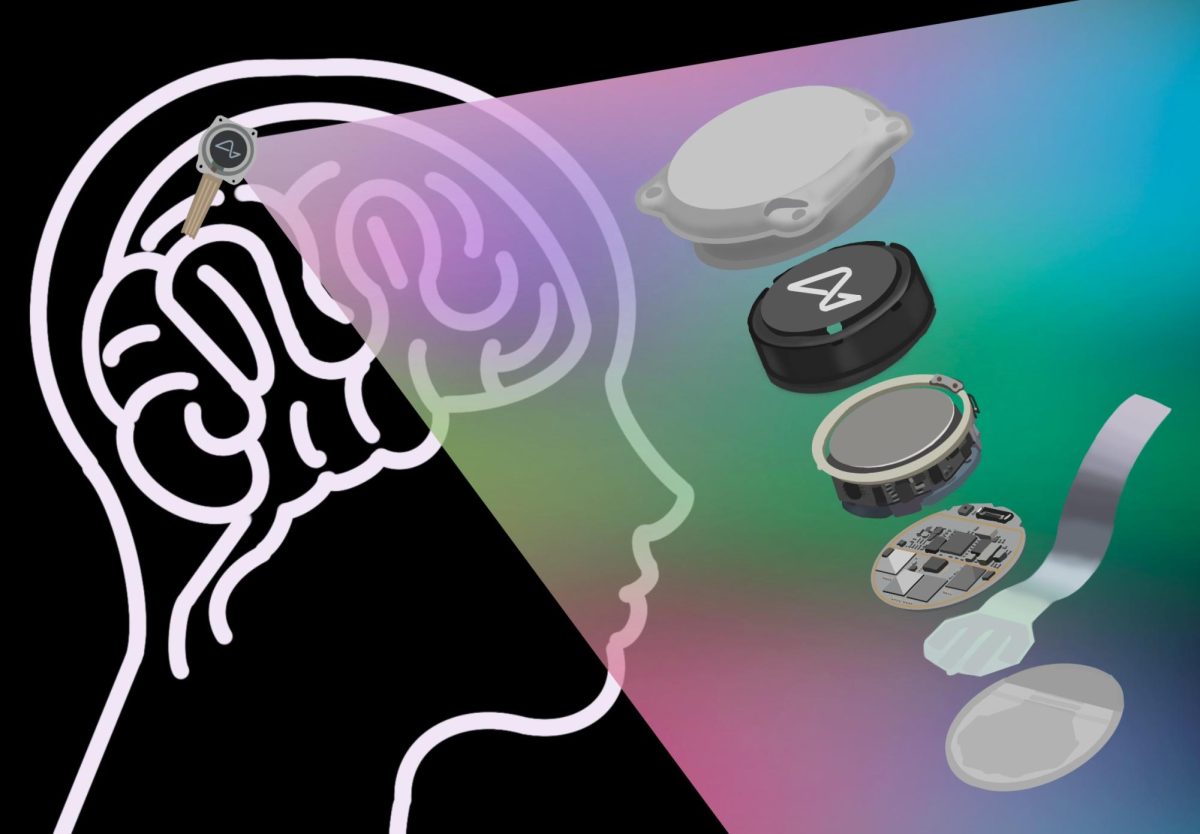In the modern, digital age, it seems as though everything is just a click away. All it takes is a finger dragging a mouse or a cursor and almost anything is possible. Jobs, school work, gaming and even social networking could not get any more streamlined. What could be easier than clicking a button? Thinking about clicking a button. Modern science is taking leaps to help people with quadriplegia, but many wonder if and when this mind boggling technology will be accessible to all.
Neuralink Corp. is an American neurotechnology company that specializes in the creation of implantable brain-to-computer devices. Founded by Elon Musk in 2016, Neuralink had the goal of giving people with quadriplegia control over their lives. Quadriplegia is a symptom of paralysis that affects all motor functions from the neck down. A lack of motor control in a digital age is often grounds to be more or less left behind and unable to participate in many aspects of life. With Neuralink, however, this does not have to be the case. With just a small brain insert, the possibility to control mouse cursors and other electronics with just a thought is possible. The Neuralink chip consists of a biocompatible enclosure, battery, custom chips and electronics, all connected to 64 threads with 1,024 electrodes.
As Neuralink moved into human trials, the internet went wild with memes depicting absurd and dystopian possibilities for Neuralink. These included TikToks where creators made skits around Musk turning people’s brains off. Other ideas would have Musk hijack brains to make an army. These are often clearly for humor only, but they could create untrue stigmas around life changing medical devices. In some cases, this is comparable to the “vaccines cause autism” myth. When people in need of medical assistance are afraid of the procedure for any reason, it crosses into a dangerous territory. On social media, where one can easily disseminate knowledge to large audiences with little fact checking, a small joke can be misunderstood and have serious consequences. As terrifying as it is, the modern world is at a point where people will value the knowledge they see on social media over the advice of a trusted doctor. This accidental—or sometimes intentional—social media fear mongering is very present within Neuralink. Neuralink allows for people to click on electronic devices simply by thinking of moving their index finger, even when they can not. The thought of someone missing out on this positively life altering experience is nothing shy of heartbreaking.
However, all hope is not lost. By only spreading factual information, and by making sure that all facetious social media content is correctly labeled as such, misinformation can be contained. Be sure to think about the way each piece of content will be perceived before posting, and be sure to remember all possible audiences. Overall, just try to keep the well being of others in mind, because in the end, it is the thought that counts.



